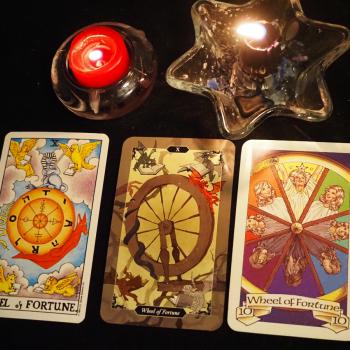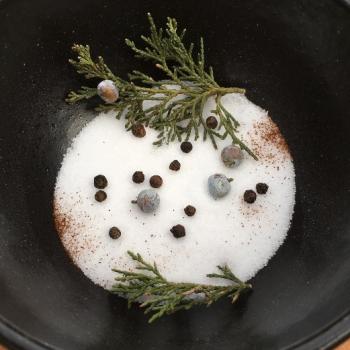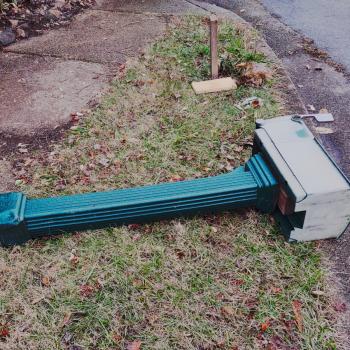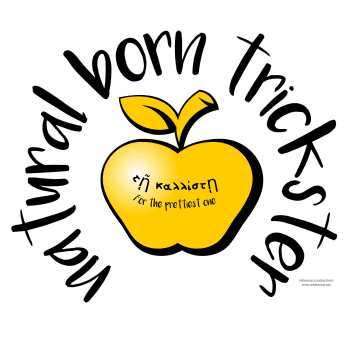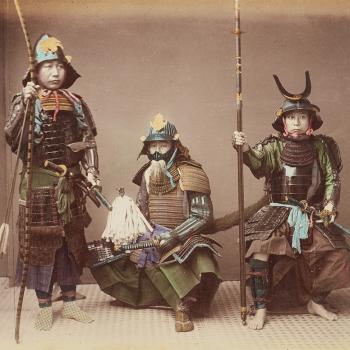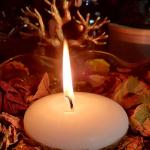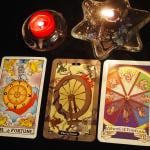Honestly, I’m sort of avoidant about Yule right now. It’s the third Christmas since my father died, and things are not great for my family.
I’m a single guy, mostly a solo practitioner of my Paganism, and don’t have a big family. So while I have a few small gatherings with friends coming up over the holidays, my family Christmas with my mom and my brother is a big part of my Yule experience.
But as I think about it, perhaps that makes my usual Yule ritual more significant this time around.
I think I first did this in 2012, when a certain famous Very Spiritual Person (cough) had a significant number of people convinced that the ancient Mayans had prophesied that the world was going to end on the Winter Solstice. While I did not believe this, I did take the moment as an opportunity for reflection.
And before sunset that evening, I lit several large candles and lamps outside — those big citronella ones I use over the summer to keep the bugs away — to burn through the night, to guide and welcome back the sun. It’s a very simple ritual, but I’m a simple guy.
I’ve done it every year since, and I’m come to think of it as keeping the pilot light on through the darkness of the longest night.
And that feels highly relevant this year.
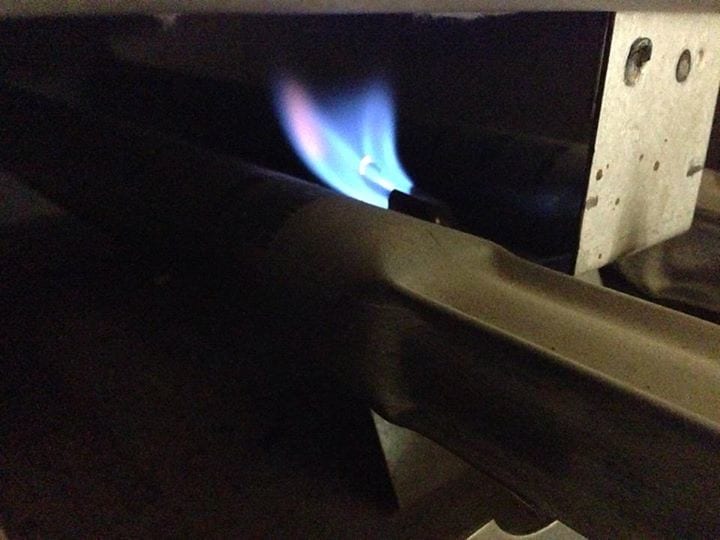
Perhaps for younger readers, used to appliances with electronic ignition, I should explain that a “pilot light” is a small flame kept burning in a stove or heater with a trickle of gas even when the appliance is off. It serves as an ignition source when you turn the appliance on. (Literally turn it on, as it turning a valve to open the flow of gas.)
They were still common in the 1970s — young fire worshiper that I was, I can remember as a kid kneeling, getting my head close to the basement floor, to see the pilot light dancing in our furnace. It was beautiful and reassuring, a promise that fire would blaze when conditions were right.
I’m not sure that I’ll actually be “turning on” Yule this year. But I will keep the pilot light on, for magic yet to come in the New Year.





